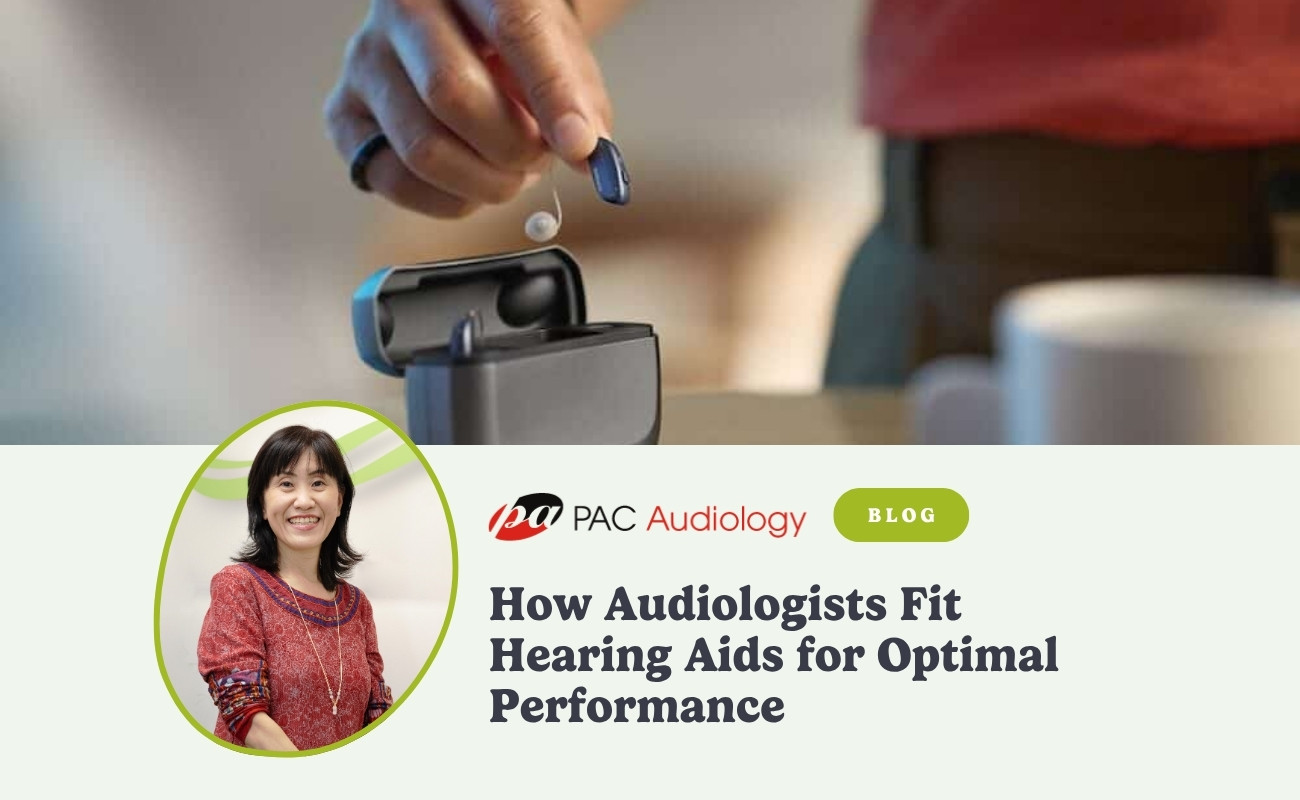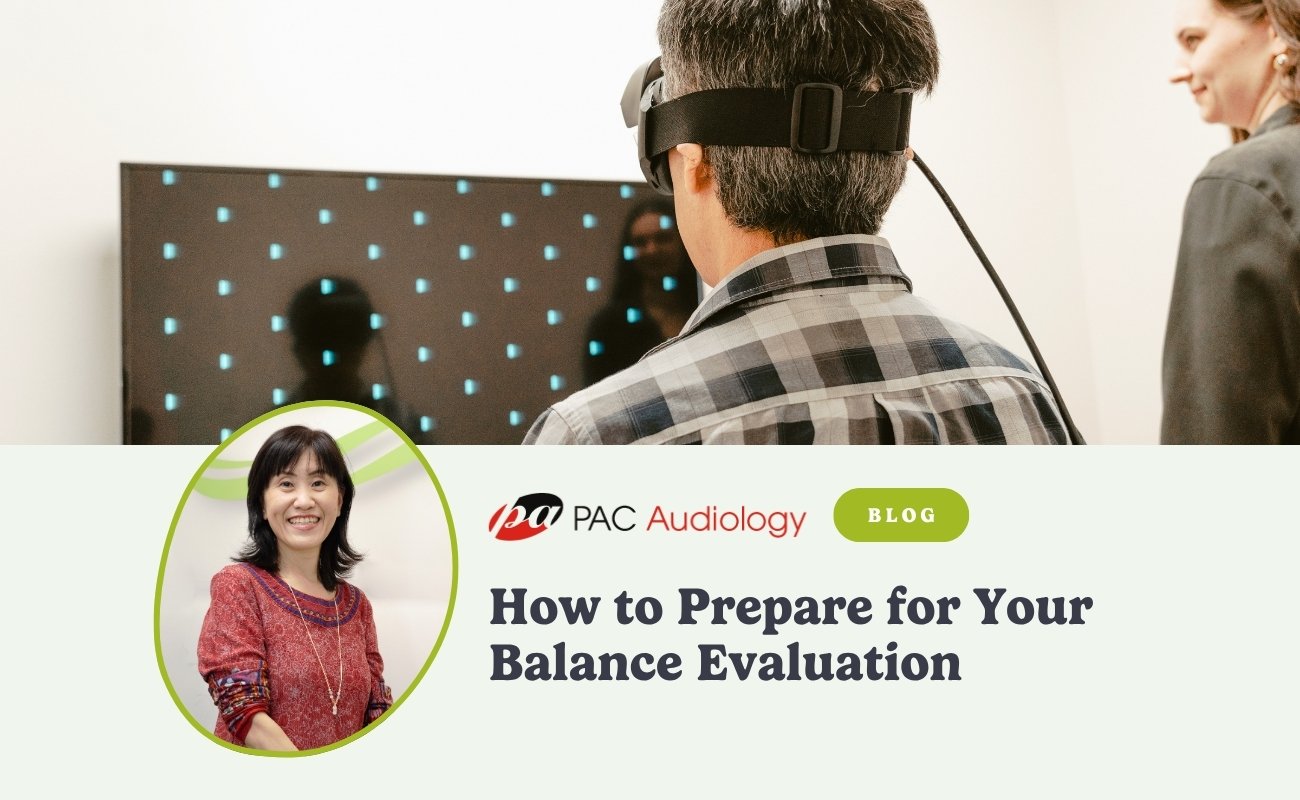Protecting Your Hearing: Tips for Noise-Induced Hearing Loss Prevention

Noise-induced hearing loss (NIHL) is one of the most common forms of hearing impairment, and it's entirely preventable. At PAC Audiology, we're committed to helping our patients protect their hearing health. In this post, we'll explore what NIHL is and provide practical tips for prevention.
What is Noise-Induced Hearing Loss?
NIHL occurs when loud noises damage the delicate structures in your inner ear. This can happen suddenly from a very loud noise, like an explosion, or gradually from prolonged exposure to moderately loud noises, like working in a noisy environment or frequently attending concerts.
Understanding Noise Levels
Sound is measured in decibels (dB). Here's a quick guide:
- Normal conversation: 60-70 dB
- City traffic: 80-85 dB
- Motorcycle: 95 dB
- Music through headphones at maximum volume: 105-110 dB
- Rock concert: 110-120 dB
- Sirens: 120 dB
Sounds above 85 dB can cause damage over time, while sounds above 120 dB can cause immediate harm.
Tips for Protecting Your Hearing
- Use Hearing Protection: Earplugs or earmuffs can significantly reduce the amount of noise reaching your ears. At PAC Audiology, we can provide custom-fitted earplugs for optimal protection and comfort.
- Follow the 60/60 Rule: When using headphones, keep the volume below 60% and listen for no more than 60 minutes at a time.
- Take Listening Breaks: In loud environments, step away to a quieter area every hour or so to give your ears a rest.
- Keep Your Distance: Stay away from sources of loud sounds when possible. If you can't avoid them, try to increase your distance from the source.
- Use Noise-Cancelling Headphones: These can help you listen to audio at lower volumes in noisy environments.
- Be Aware of Your Environment: Pay attention to potentially harmful noise levels in your daily life and take precautions accordingly.
- Choose Quieter Products: When purchasing appliances or tools, look for quieter options.
- Get Regular Hearing Check-ups: Regular hearing tests can detect early signs of hearing loss, allowing for prompt intervention.
- Consider Custom Hearing Protection: For those regularly exposed to loud noises (musicians, construction workers, etc.), custom-molded hearing protection offers the best fit and protection.
- Educate Others: Spread awareness about the importance of hearing protection among your friends and family.
At PAC Audiology, we're here to help you protect your hearing. If you're concerned about noise exposure or want to explore hearing protection options, schedule an appointment with us. Remember, prevention is key when it comes to preserving your hearing health!










